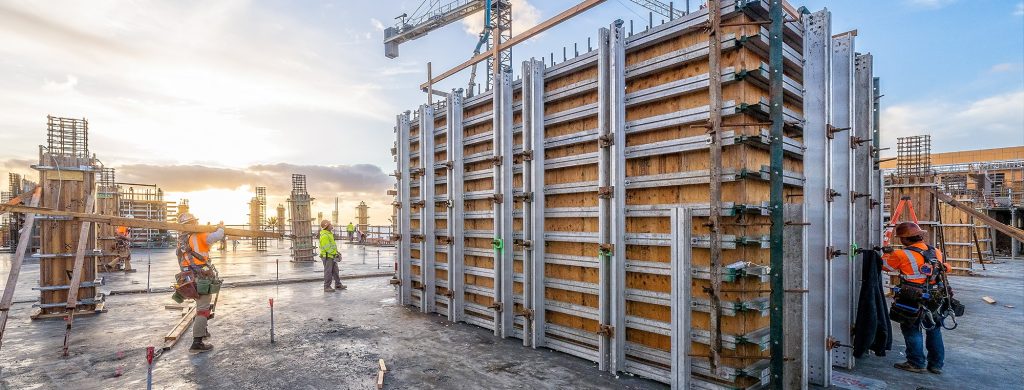Deep Foundations for Resilient Structures – Addressing Seismic and Flood Risks
As the global climate becomes increasingly unpredictable, the importance of resilient infrastructure cannot be overstated. Among the most critical components of such infrastructure are deep foundations, which are essential in ensuring the stability and longevity of structures, especially in regions prone to seismic activity and flooding. These natural hazards pose significant threats to buildings and infrastructure, often leading to catastrophic failures when foundations are not designed to withstand them. Addressing these risks through innovative foundation engineering is key to building structures that can endure the challenges posed by an evolving environment. Seismic activity presents a formidable challenge to the integrity of structures. Earthquakes generate ground motions that can cause devastating effects, particularly on poorly designed or inadequately supported foundations. Deep foundations, such as piles or drilled shafts, are designed to penetrate layers of soil and rock that are less susceptible to movement, thereby providing greater stability during seismic events. Unlike shallow foundations, which can fail when the upper layers of soil liquefy or shift, deep foundations anchor structures into more stable strata. This anchoring helps distribute seismic forces more evenly, reducing the risk of structural collapse. The choice of foundation type and its design must consider the local seismicity, soil conditions, and the dynamic response of the structure to ensure that it can withstand the intense forces generated by earthquakes.

Flooding, another significant risk to infrastructure can undermine the integrity of foundations through erosion, scour, and the loss of bearing capacity. Coastal and riverine areas are particularly vulnerable to flooding, which can occur due to storm surges, rising sea levels, or heavy rainfall. Deep foundations are crucial in these environments as they extend below the levels most affected by floodwaters, anchoring structures in soils that are less likely to be eroded or washed away. For instance, piles driven deep into the ground can support structures even when the surface layers are eroded or saturated. Additionally, deep foundations can be designed to accommodate uplift forces caused by buoyancy during flooding, further enhancing the resilience of the structure. The combination of seismic and flood risks presents a complex challenge for foundation design, requiring a multidisciplinary approach that integrates geotechnical engineering, structural engineering, and environmental science.
Engineers must consider not only the immediate impacts of these hazards but also their long-term effects as climate change exacerbates the frequency intensity of such events and check this out https://www.mbipiles.com. Furthermore, the importance of regular maintenance and monitoring of deep foundations cannot be overlooked. Even the most robustly designed foundation can suffer from degradation over time due to environmental factors or unforeseen geotechnical issues. Implementing monitoring systems that detect early signs of distress, such as tilting, settlement, or cracking, allows for timely interventions that can prevent catastrophic failures. In conclusion, deep foundations are a cornerstone of resilient infrastructure in regions susceptible to seismic and flood risks. Through careful design, innovative materials, and ongoing maintenance, these foundations can provide the necessary stability and support to withstand the unpredictable and often destructive forces of nature. As our understanding of these risks continues to evolve, so too must our approaches to foundation engineering, ensuring that the structures we build today are capable of enduring the challenges of tomorrow.